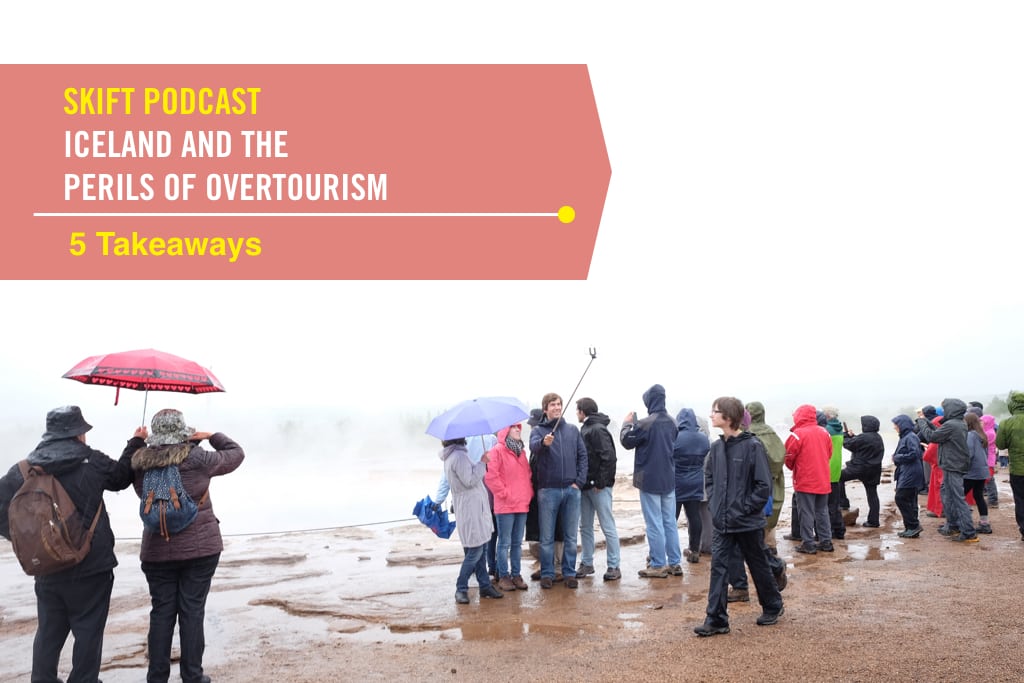5 Lessons From Iceland and the Perils of Overtourism

Skift Take
We looked at Iceland for a recent episode of the Skift Podcast, in which we explored how Iceland became a hot tourist spot, the tiny country’s complicated relationship with its visitors, and how the problems of overtourism can be solved. Read our 12,000-word deep dive here.
Our guest was Skift reporter Andrew Sheivachman joined by Skift podcast host Hannah Sampson. The episode includes audio recordings from Andrew's interviews during his trip to Iceland, from which he wrote the deep dive.
Here are five takeaways from the conversation:
The 2008 global recession played a major role in spurring Iceland’s tourism boom.
The recession hit Iceland hard, causing its three largest banks to go under, which in turn made it a bargain destination. At the same time, Icelanders had less disposable income to
